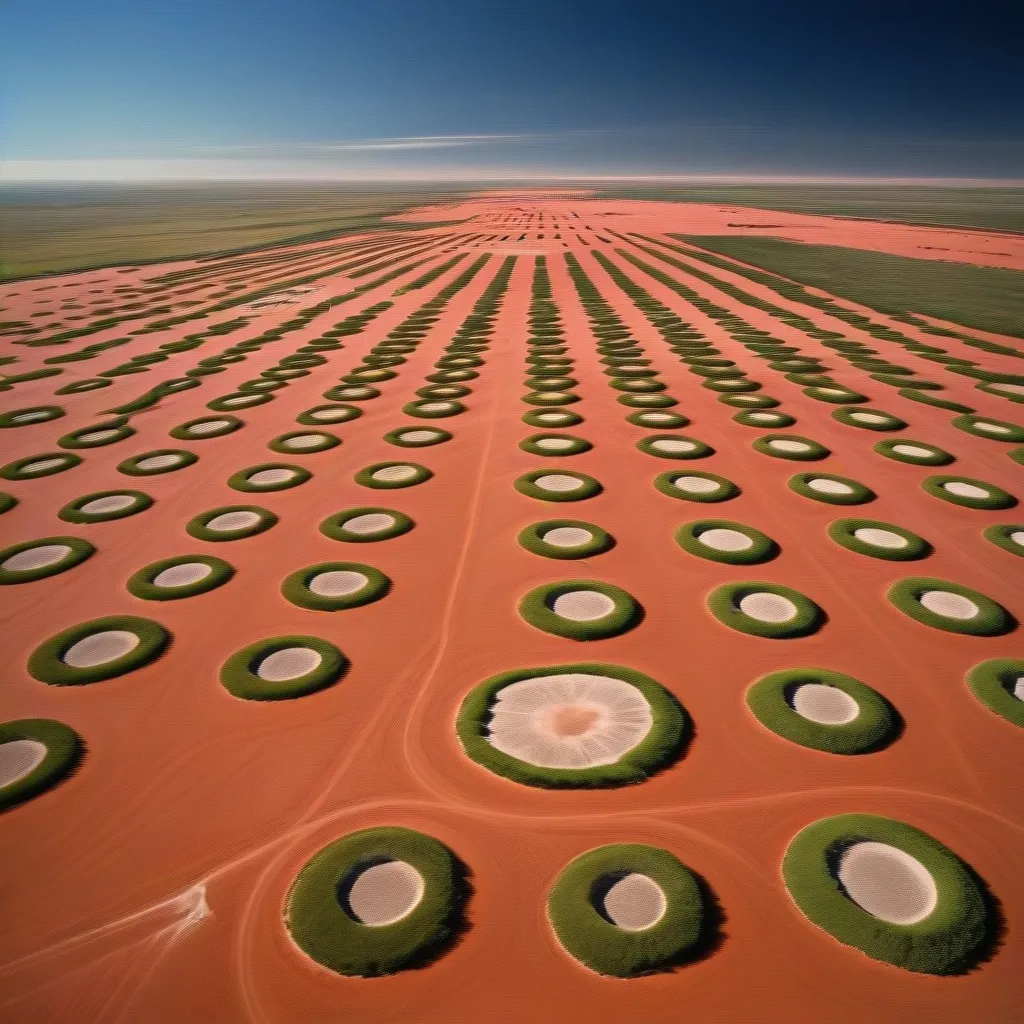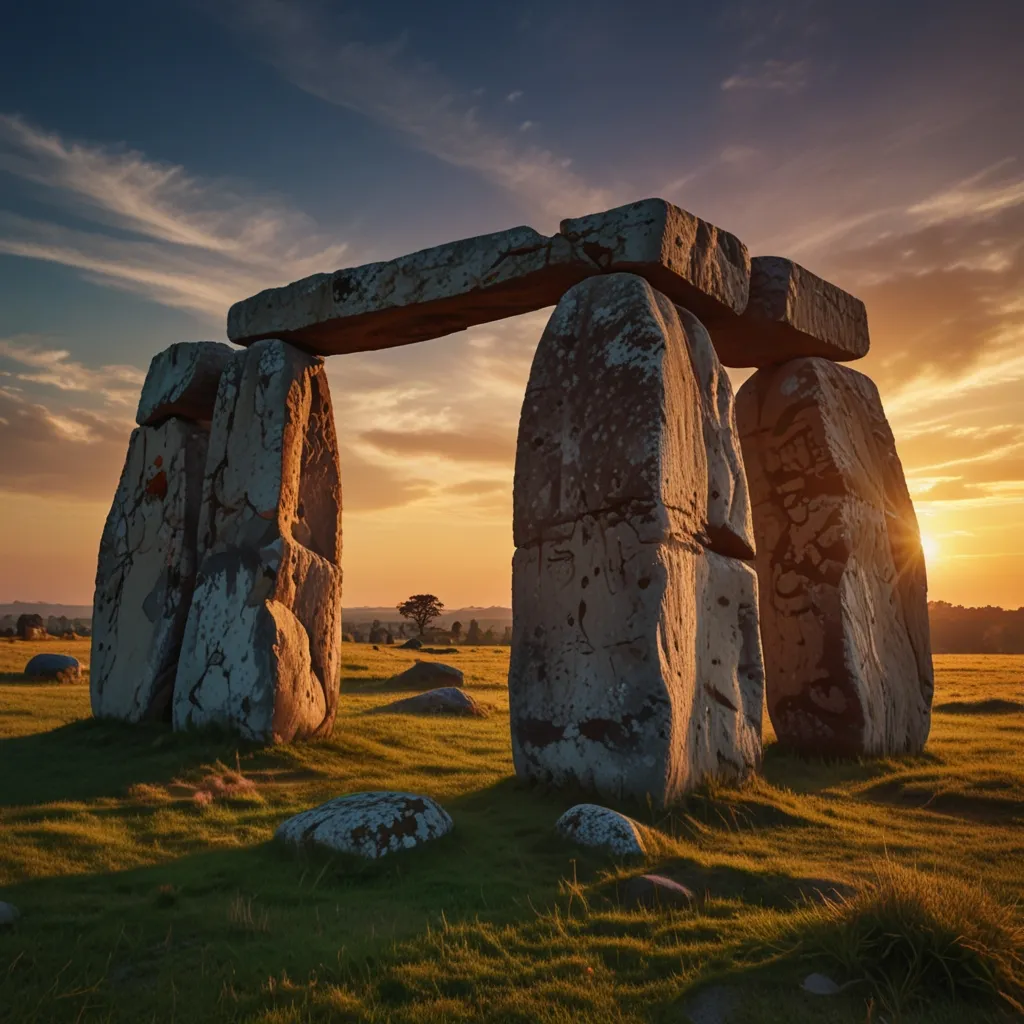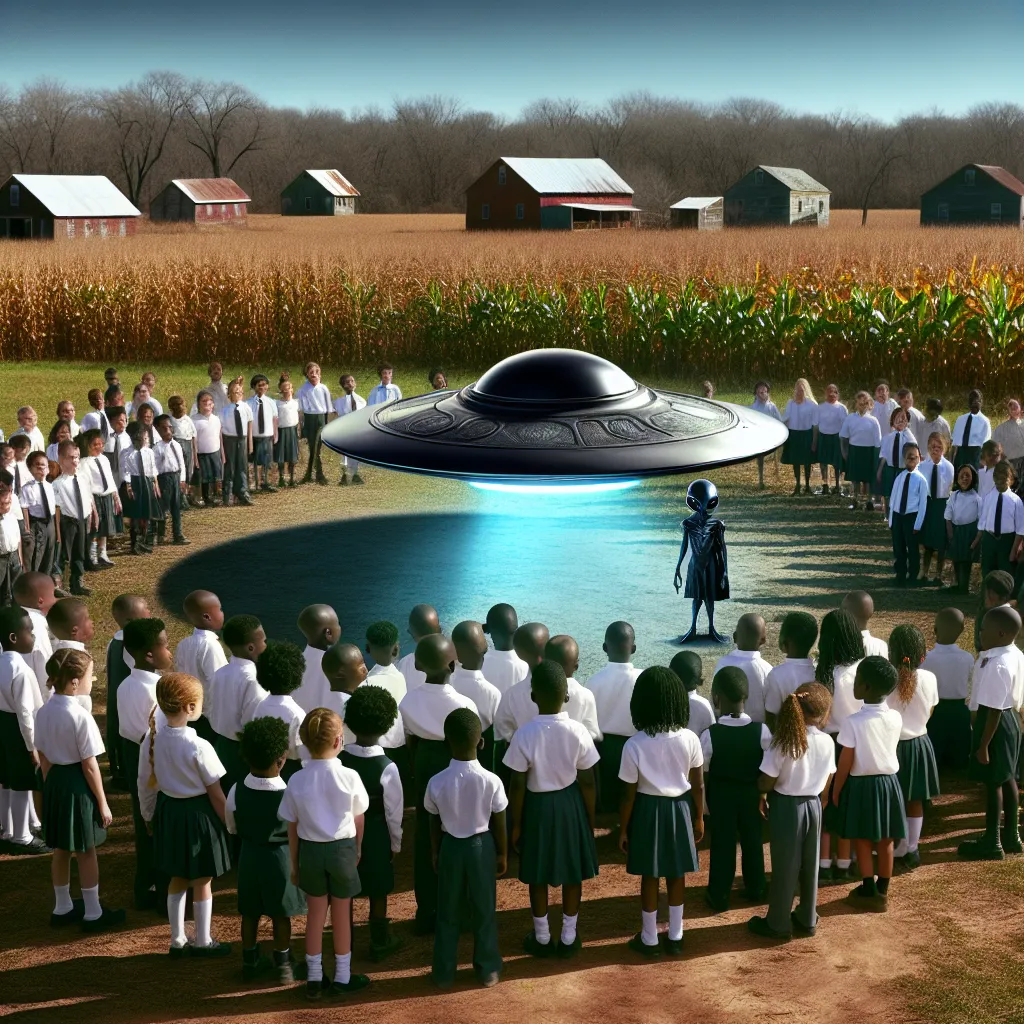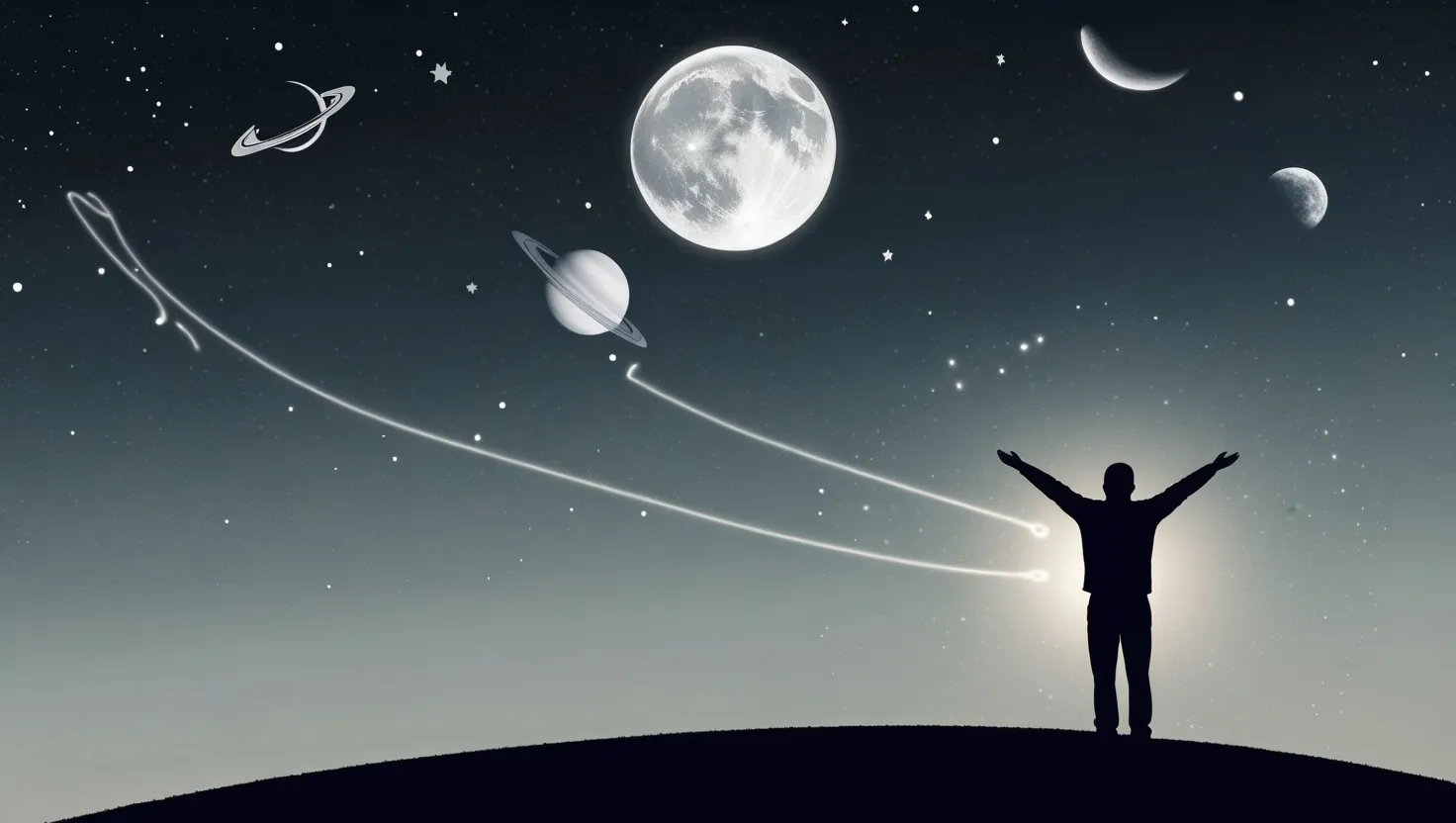The Fairy Circles of Namibia: Nature’s Enigmatic Desert Art
Imagine standing in the middle of a vast desert, surrounded by an otherworldly landscape dotted with perfect circles of barren sand ringed by lush grass. Welcome to the Namib Desert, home to one of nature’s most captivating mysteries - the fairy circles of Namibia.
These circular patches, scattered across the desert like a giant polka dot pattern, have fascinated locals and scientists alike for centuries. They’re not just cool-looking formations; they’re steeped in myth, legend, and scientific debate. It’s like Mother Nature decided to play a cosmic game of connect-the-dots, and we’re all trying to figure out the rules.
Let’s dive into the magical world of Namibian fairy circles, shall we?
First off, picture this: you’re in one of the harshest, most remote places on Earth. The Namib Desert stretches as far as the eye can see, a sea of red sand and sparse vegetation. But then, breaking up this monotony, you spot these perfectly circular patches of bare earth surrounded by rings of tall grass. It’s like someone took a giant cookie cutter to the desert floor.
These fairy circles aren’t small potatoes either. They can range from 2 to 15 meters in diameter. That’s bigger than your average kiddie pool! And they’re not just scattered randomly. Nope, these circles follow a specific pattern that stretches over 1,800 kilometers along the desert’s edge. Talk about commitment to interior design!
Now, you might be wondering, “Who came up with the name ‘fairy circles’?” Well, blame it on the European settlers. When they first laid eyes on these formations, they were reminded of their childhood stories about fairies dancing in circles. And voila! The name stuck.
But the local Himba people have their own take on these mysterious circles. They believe they were created by their ancestor, Mukuru, who imbued them with magical powers. According to their myths, the grass around the circles feeds their cattle, while the circles themselves protect the animals from predators. It’s like a supernatural cattle corral!
And the stories don’t stop there. Some locals believe that underground dragons breathe fiery bubbles that rise to the surface, burning away the grass in perfect circles. Now that’s what I call a hot take!
But let’s get real for a moment. Scientists have been scratching their heads over these circles for decades. They’ve come up with all sorts of theories, but none have been universally accepted. It’s like trying to solve a puzzle where the pieces keep changing shape.
One of the earliest theories suggested that termites were the culprits. The idea was that these little buggers were munching away at the grass roots, creating the barren patches. But this theory got shot down pretty quick. Why? Well, termites aren’t exactly known for their geometric precision. If they were responsible, we’d expect to see more irregularly shaped patches.
Then came the plant competition theory. In 2013, some smart cookies proposed that the circles were a result of underground competition between different grass species for limited water resources. According to this idea, the barren patches act like nature’s water coolers, collecting and distributing water to the surrounding grasses. It’s like the plants came up with their own irrigation system!
But wait, there’s more! In 2023, a new theory popped up involving hydrogen-loving microbes. These tiny critters might be consuming hydrogen seeping through faults in the rocks, depleting other nutrients in the soil and creating the barren circles. It’s like a microbial all-you-can-eat buffet down there!
The most recent theory, proposed by some brainy folks at Princeton University, suggests that it’s all about cooperation and competition. They reckon termites cooperate within their colonies but compete against other colonies, while plants establish an orderly root system to avoid competing too much for limited water. The result? Those large-scale, symmetrical patterns we see on the surface. It’s like a complex dance of “you scratch my back, I’ll scratch yours” happening right under our feet!
Now, here’s where it gets really interesting. These fairy circles aren’t static features. They have a life cycle of their own. They start small, grow over 30 to 60 years, and eventually disappear as the grassland reclaims them. It’s like watching a super slow-motion nature documentary.
This cycle isn’t just a cool fact for your next trivia night. It’s actually part of a larger ecosystem dynamic. The birth and death of these circles can indicate bigger changes in the landscape, like desertification. So, these fairy circles are kind of like nature’s early warning system.
If you’re itching to see these circles for yourself (and who wouldn’t be?), you’re in for a treat. Visiting the Namib Desert to see the fairy circles is an adventure that combines the thrill of exploration with a deep appreciation for nature’s mysteries.
Places like Wolwedans, a private conservation area on the edge of the desert, offer a unique opportunity to get up close and personal with these circles. You can walk among them, feeling the contrast between the barren sand and the lush grass under your feet. Or, if you’re feeling fancy, you can drift over them in a hot air balloon. Talk about a bird’s eye view!
And here’s the cool part - by visiting these sites, you’re not just satisfying your curiosity. You’re also supporting the conservation of this fragile and harsh ecosystem. It’s a win-win situation!
As you stand there, surrounded by these enigmatic circles, with the red sands of the Namib Desert stretching out before you, it’s hard not to feel a sense of awe and wonder. The fairy circles are more than just a natural phenomenon; they’re a window into the rich cultural heritage and the intricate web of life that exists in one of the most inhospitable yet beautiful places on Earth.
Whether you see them as the footprints of gods, the result of complex ecological processes, or just nature’s way of showing off its artistic side, the fairy circles of Namibia are a reminder that there’s still so much to discover and marvel at in our world.
So, the next time someone tells you they’ve seen fairy rings, don’t assume they’ve been hanging out with Tinkerbell. They might just have had an incredible adventure in the Namib Desert, exploring one of nature’s most captivating mysteries.
In the end, whether you’re team termite, team plant competition, or team underground dragon, one thing’s for sure: the fairy circles of Namibia are a testament to the beauty and mystery that still surrounds us. They’re waiting to be explored, understood, and appreciated.
And who knows? Maybe one day we’ll crack the code and fully understand how these circles form. But until then, let’s enjoy the mystery. After all, sometimes not knowing all the answers makes the world a little more magical, don’t you think?
So, pack your bags, grab your sense of wonder, and head to Namibia. The fairy circles are waiting to enchant you with their perfect symmetry and mysterious origins. Just remember to watch your step - you never know when you might stumble upon a dragon’s breath or a fairy’s dance floor!






